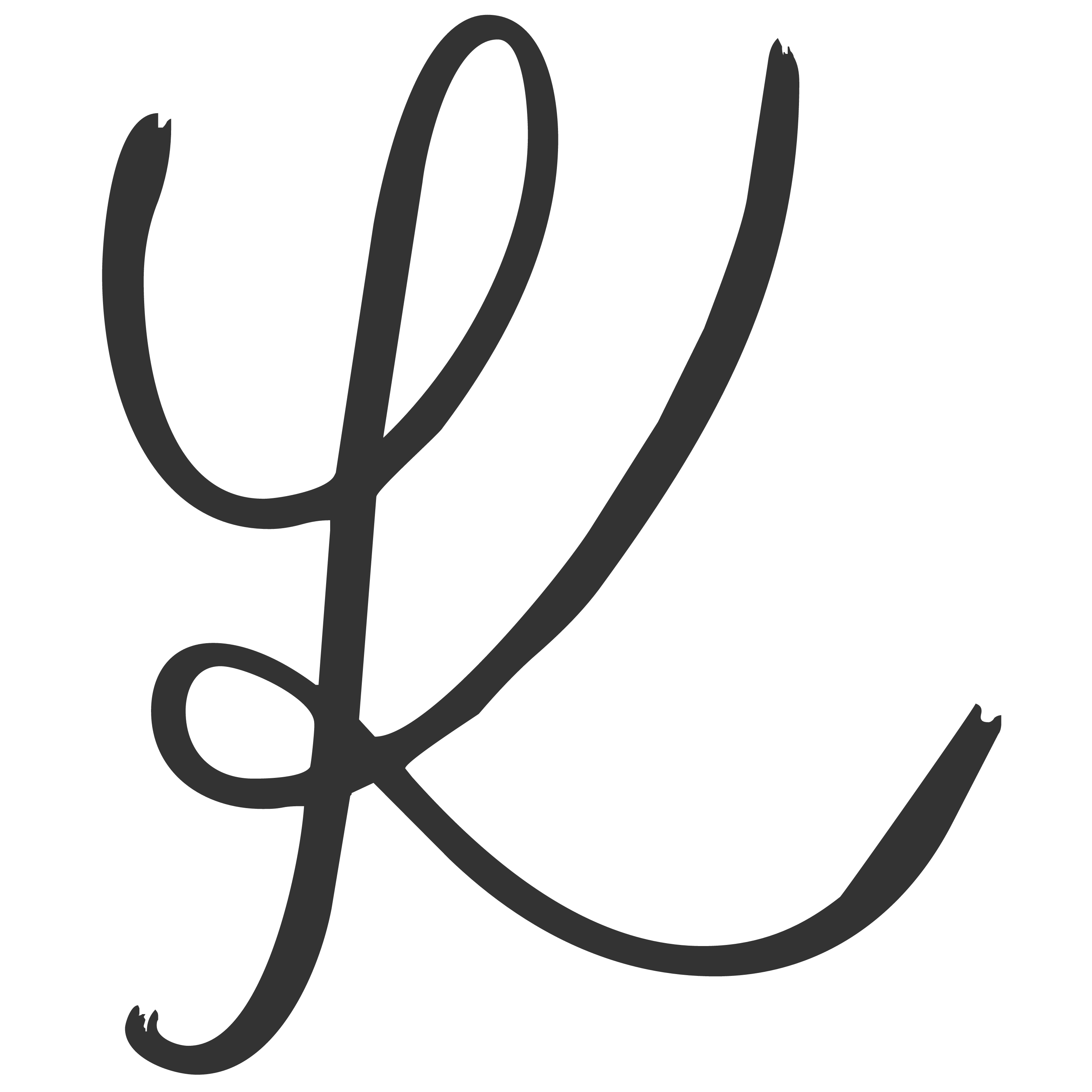Architectural birdhouses - fancy dinner for the feathered ones
Open a fancy bird's diner in your garden or on your balcony with this charming collection of Bauhaus-inspired birdhouses made in Germany – stainless, frost-resistant and durable.
1 to 24 (from a total of 24)

























































































